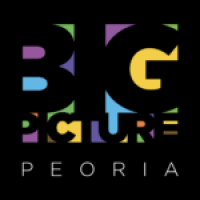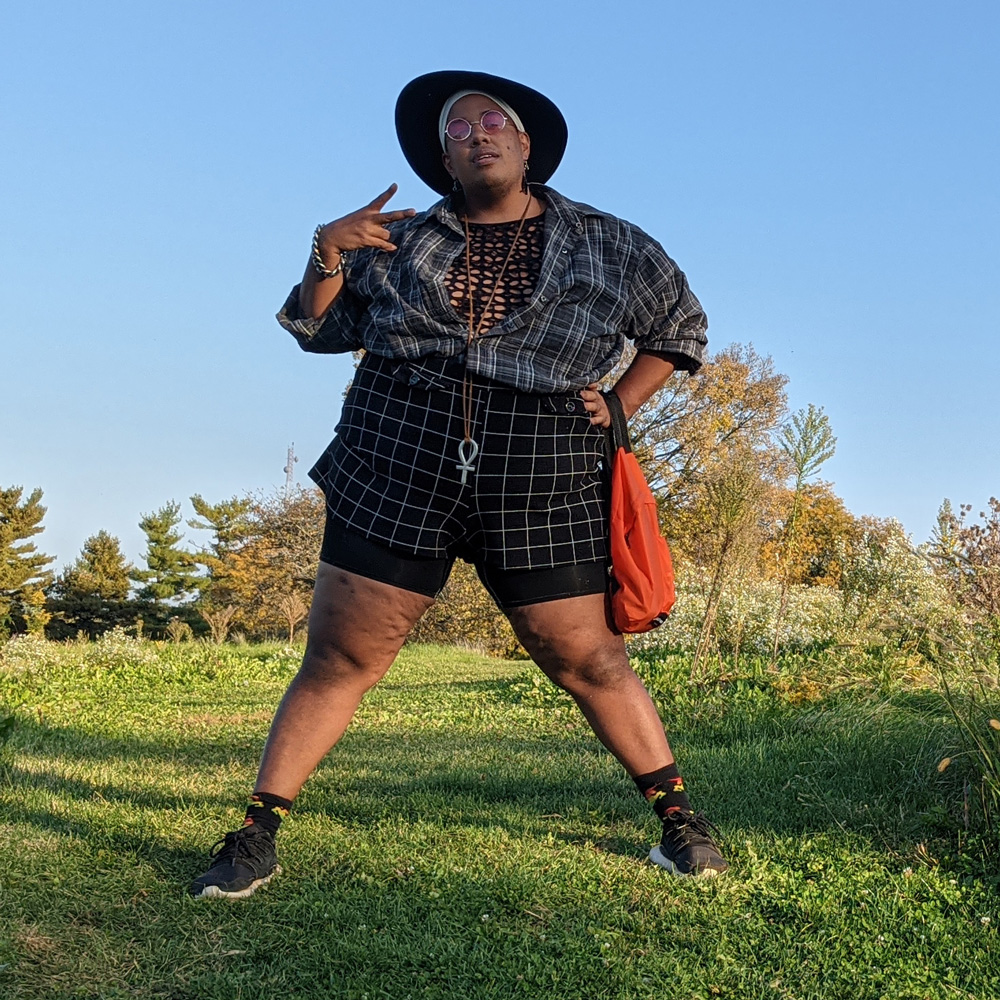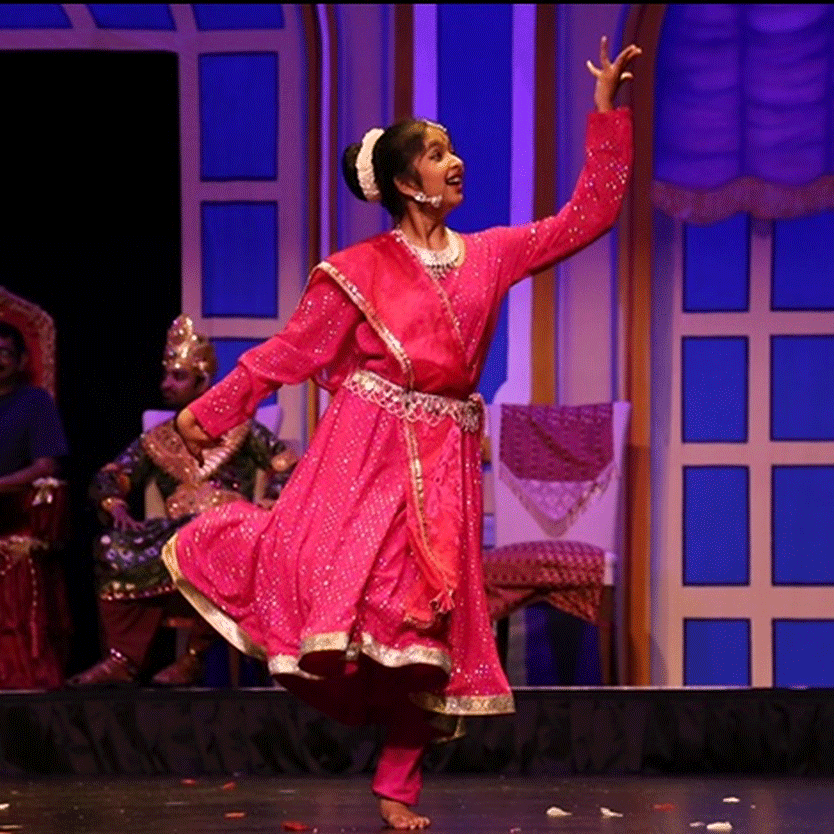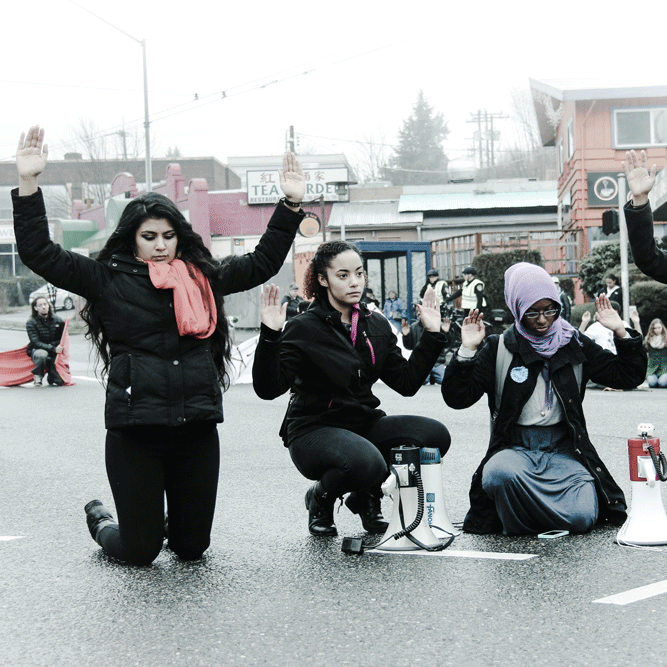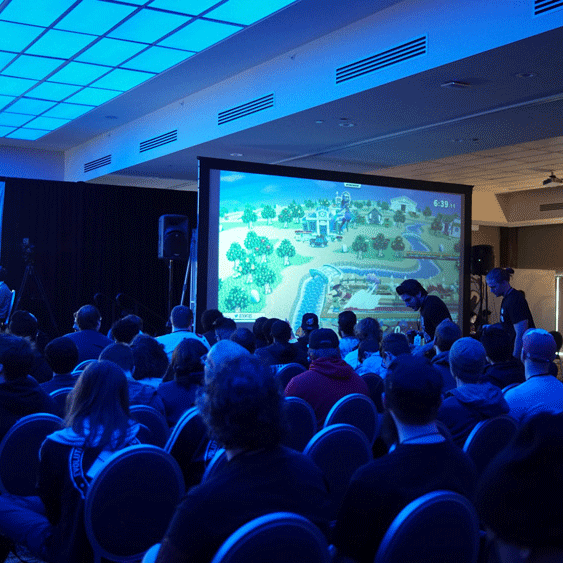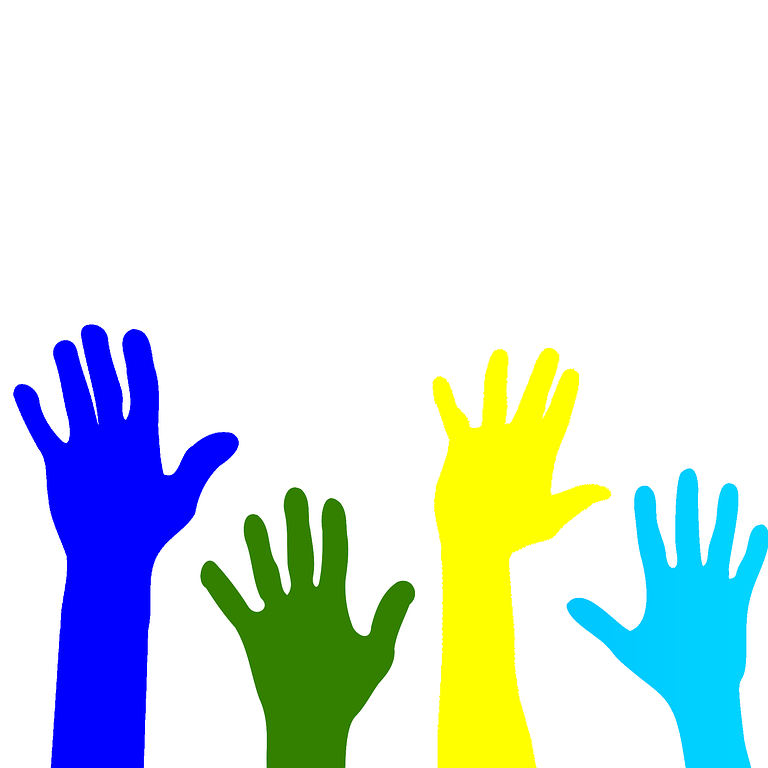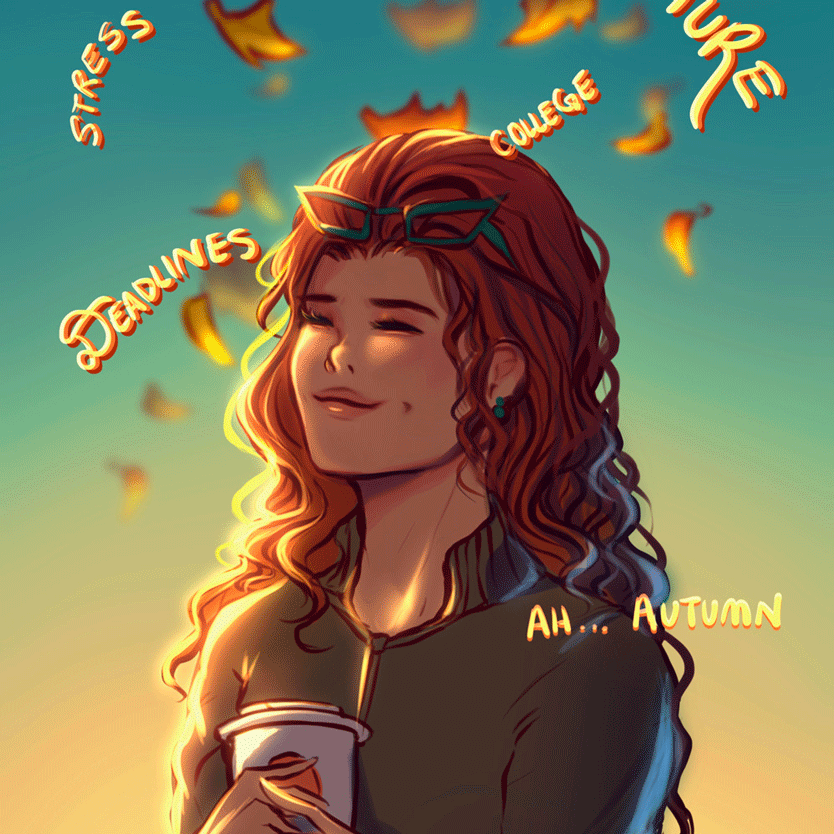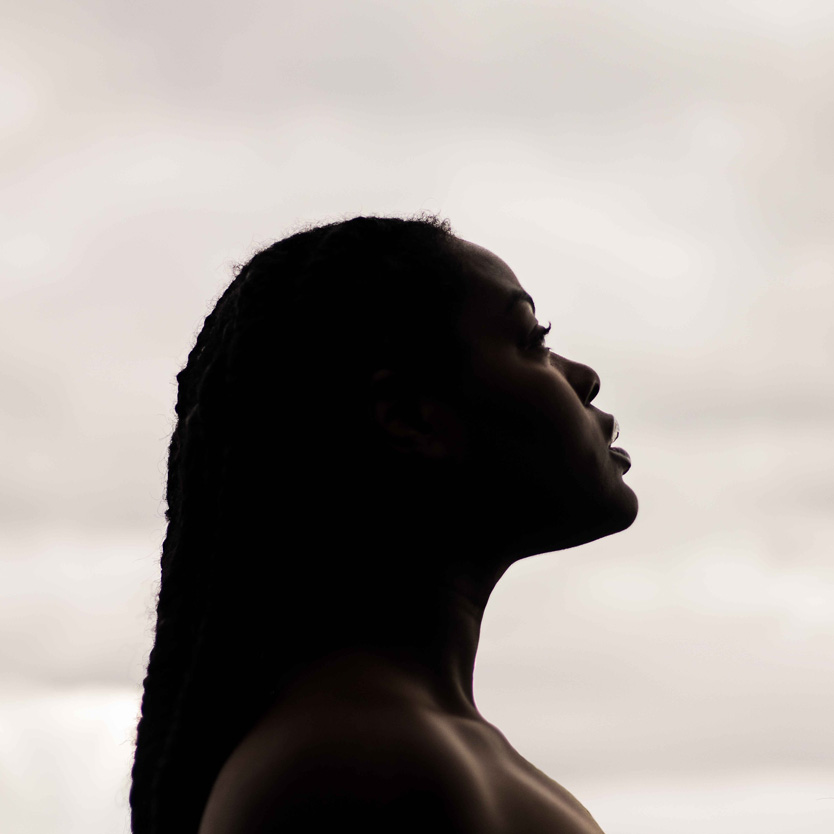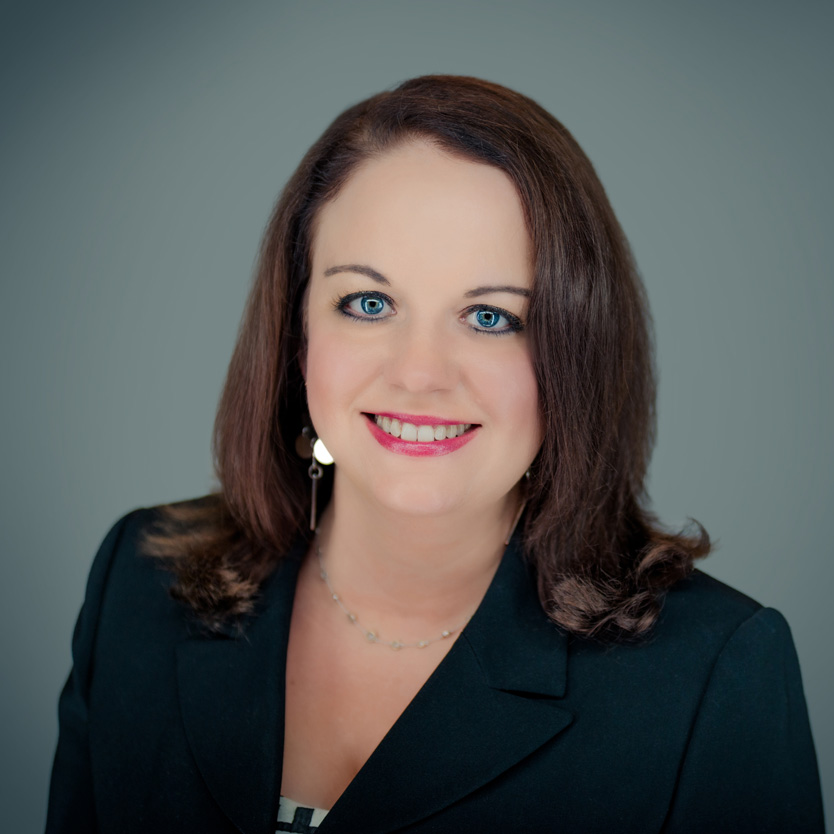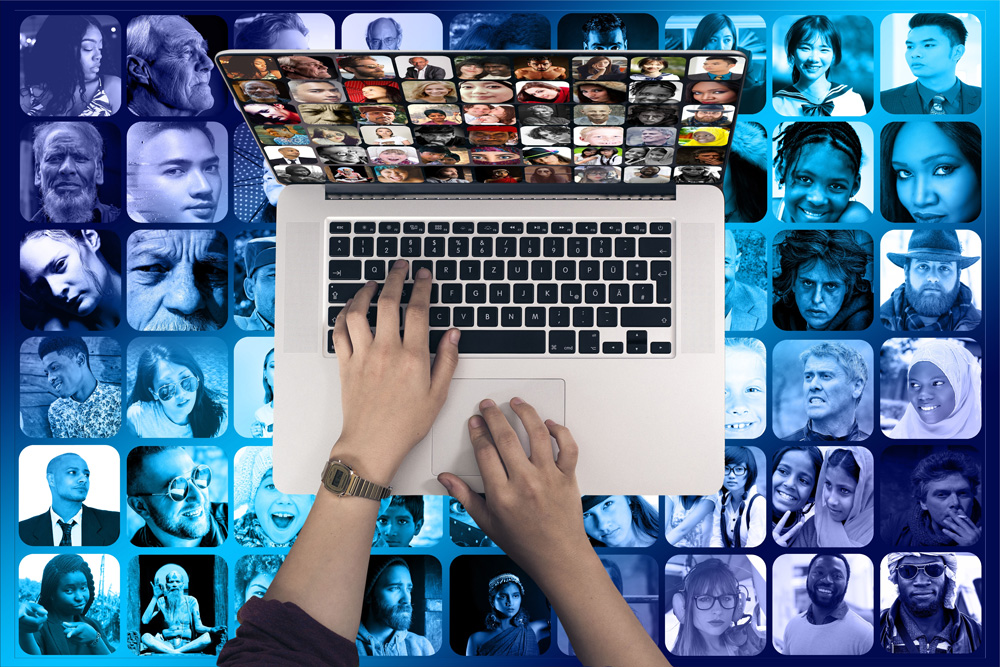Lights On, Peoria Discusses Community Activism
Lights On, Peoria Discusses Community Activism by Alexander Martin Click HERE for the full interview video. Students participating in Peoria Public Schools’ “Lights On, Peoria” interviewed Alexander Martin. Martin is a member of the newly formed Peoria Guild of Black Artists, an arts activist, and has an MFA in printmaking from Bradley University.How does an artist …
